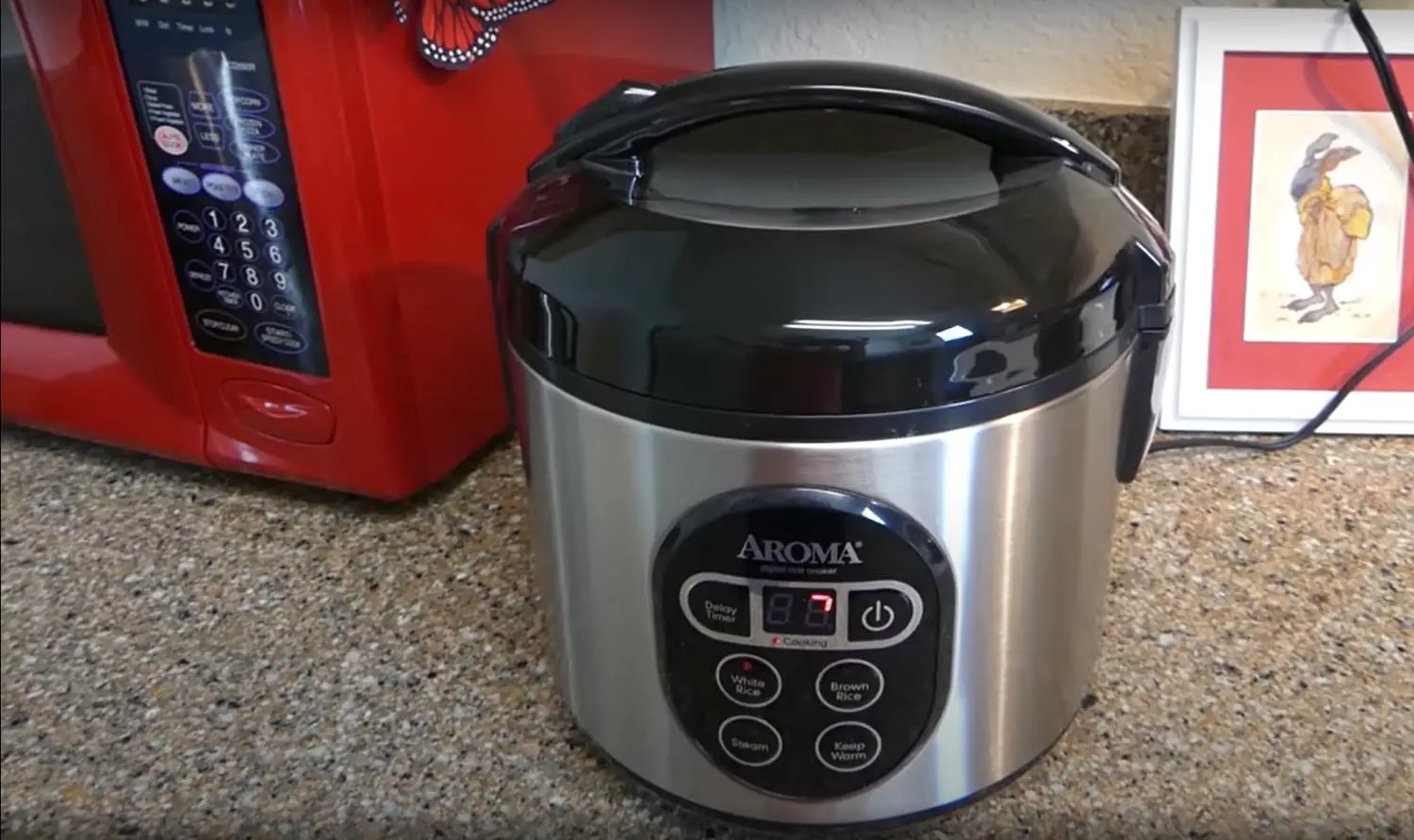

Articles
How Does Rice Cooker Know When To Stop
Modified: February 29, 2024
Discover how rice cookers work and the mechanism behind their ability to determine when the rice is perfectly cooked. Explore more articles on rice cookers and their functionality.
(Many of the links in this article redirect to a specific reviewed product. Your purchase of these products through affiliate links helps to generate commission for Storables.com, at no extra cost. Learn more)
Introduction
A rice cooker is a staple kitchen appliance in many households, particularly in Asian countries where rice is a staple food. It simplifies the process of cooking rice, ensuring that it is perfectly cooked every time. But have you ever wondered how a rice cooker knows when to stop cooking and prevent the rice from becoming overcooked or burnt? In this article, we will explore the fascinating inner workings of a rice cooker and uncover the secrets behind its precise cooking mechanism.
A rice cooker is a relatively simple device that relies on a combination of heat, water, and timing to cook rice to perfection. It takes the guesswork out of cooking rice on a stovetop, which can be a tricky task for beginners or those without much cooking experience. With a rice cooker, you can enjoy fluffy, evenly cooked rice with minimal effort.
Whether you prefer short-grain, long-grain, or sticky rice, the fundamental principle behind a rice cooker remains the same: it uses steam to cook the rice. The key to achieving the ideal texture and doneness lies in the precise control of temperature, time, and water levels.
In the following sections, we will delve into the inner workings of a rice cooker and explore the factors that influence its cooking process. From the importance of water to the role of temperature and the automatic shut-off function, we will uncover the mysteries behind the seemingly simple yet incredibly efficient rice cooker.
Key Takeaways:
- Rice cookers use a combination of heat, water, timing, and temperature control to produce perfectly cooked rice consistently, taking the guesswork out of cooking and ensuring fluffy, tender grains every time.
- The automatic shut-off function in rice cookers provides convenience, safety, and energy efficiency by stopping the cooking process at the right moment and maintaining the rice at a safe temperature until ready to serve.
Read more: How Does A Rice Cooker Know When Its Done
How Does a Rice Cooker Work?
At first glance, a rice cooker may appear to be a straightforward appliance with a single function: cooking rice. However, the process behind this seemingly simple task is actually more intricate than meets the eye.
A rice cooker consists of a heating element, an inner cooking pot, a thermal sensor, and a control panel. The heating element generates the necessary heat to cook the rice, while the thermal sensor measures the temperature inside the cooker. The control panel allows you to set the desired cooking time and other parameters.
When you add rice and water to the inner cooking pot and close the rice cooker’s lid, the cooking process begins. As the rice cooker heats up, the water inside the pot gradually reaches its boiling point. When the water starts to boil, it creates steam that is trapped inside the rice cooker.
The steam, along with the controlled heat generated by the heating element, starts to cook the rice. The steam rises, passes through the rice, and penetrates the grains, causing them to absorb moisture and soften. The rice cooker maintains a consistent temperature throughout the cooking process, ensuring that the rice cooks evenly.
As the rice absorbs the water and continues to cook, the rice cooker’s thermal sensor constantly monitors the temperature inside the pot. This sensor helps regulate the heat output of the appliance, preventing the rice from overcooking or burning.
Most rice cookers have a built-in timer that allows you to set the desired cooking time depending on the type and quantity of rice being cooked. Once the set time has elapsed, the rice cooker automatically switches to a “Keep Warm” mode, where it maintains a lower temperature to keep the rice warm without overcooking it.
The precise combination of heat, steam, and timing is what allows a rice cooker to produce perfectly cooked rice consistently. The controlled temperature and cooking time ensure that the rice is neither undercooked nor overcooked, resulting in fluffy, tender grains with just the right amount of moisture.
Now that we have a basic understanding of how a rice cooker works, let’s explore one of the most critical factors in the rice cooking process: the importance of water.
The Importance of Water
Water is a vital component in the rice cooking process, and the amount of water you use directly affects the texture and doneness of the rice. It is essential to get the water-to-rice ratio right to achieve perfectly cooked rice.
The general rule of thumb is to use a 1:1.5 or 1:2 ratio of water to rice. This means that for every cup of rice, you would add 1.5 to 2 cups of water. The exact ratio may vary depending on the type of rice and personal preference, so it’s always a good idea to refer to the manufacturer’s instructions or experiment to find the perfect balance.
When water is added to the rice cooker, it serves multiple purposes in the cooking process. Firstly, it helps to hydrate the rice, allowing the grains to absorb moisture and soften. Proper hydration is crucial in achieving the desired texture and preventing the rice from turning out too dry or mushy.
Secondly, water plays a crucial role in the creation of steam inside the rice cooker. As the water reaches its boiling point, it transforms into steam, which cooks the rice. The trapped steam circulates around the rice grains, ensuring even cooking and preventing the grains from sticking together.
It’s important to note that the amount of water used should be adjusted based on the type of rice being cooked. Some varieties, such as jasmine or basmati rice, may require less water, while others, like brown rice or wild rice, may need more water and longer cooking times.
Additionally, the desired consistency of the rice also influences the amount of water used. If you prefer softer, stickier rice, you might opt for a higher water-to-rice ratio. On the other hand, if you prefer firmer, separate grains, you might adjust the ratio to use less water.
By understanding the importance of water and experimenting with different ratios, you can achieve the ideal texture and consistency for your rice. Finding the perfect balance of water and rice is key to ensuring a satisfying rice-cooking experience with your rice cooker.
Now that we have explored the role of water in the rice cooking process, let’s take a closer look at how the cooking process unfolds inside a rice cooker.
The Cooking Process
Once the rice cooker is turned on and the cooking cycle begins, the rice goes through several stages that contribute to its overall doneness and texture.
1. Heating: The heating element in the rice cooker starts to generate heat, heating up the inner cooking pot and the water inside it. The heat gradually brings the water to a boil, creating steam.
2. Steaming: As the water reaches its boiling point, it transforms into steam. The steam rises and circulates around the rice grains, cooking them. The temperature is carefully controlled to ensure even cooking and to prevent the rice from becoming mushy or undercooked.
3. Absorption: The rice grains absorb the steam and moisture from the boiling water. This absorption process softens the grains and gives them the desired fluffy and tender texture.
4. Simmering: After the rice has absorbed the necessary moisture, the rice cooker automatically switches to a lower heat setting or a simmer mode. The lower heat maintains the temperature while preventing the rice from drying out or overcooking. This stage is crucial for ensuring that the rice remains warm and ready to serve until you’re ready to eat.
Throughout the cooking process, the rice cooker’s thermal sensor constantly monitors the temperature. It helps regulate the heat output to ensure that the rice is cooked thoroughly without burning or becoming mushy.
Timing is also an essential factor in the cooking process. Most rice cookers have built-in timers that allow you to set the desired cooking time. The cooking time varies depending on the type and quantity of rice being cooked. Once the set time elapses, the rice cooker automatically switches to the “Keep Warm” mode, which maintains a lower temperature to keep the rice warm and ready to serve.
The cooking process in a rice cooker is designed to take the guesswork out of cooking rice. The precise control of temperature, timing, and steam ensures that the rice is perfectly cooked every time, saving you the hassle of constantly monitoring the stove or worrying about burning the rice.
Next, let’s explore the role of temperature in the rice cooking process and how it is regulated in a rice cooker.
Most rice cookers have a built-in sensor that detects when the water has been fully absorbed by the rice, causing the temperature to rise. Once the temperature reaches a certain point, the rice cooker automatically switches to a “keep warm” mode or shuts off.
The Role of Temperature
Temperature plays a crucial role in the rice cooking process, as it directly affects the cooking time and the final texture of the rice. In a rice cooker, the temperature is carefully regulated to ensure that the rice cooks evenly and does not become overcooked or undercooked.
When the rice cooker is turned on, the heating element inside begins to generate heat. The heat is transferred to the inner cooking pot, which, in turn, heats up the water inside. As the water reaches its boiling point, it turns into steam and cooks the rice.
The rice cooker maintains a consistent temperature throughout the cooking process, typically between 100 to 105 degrees Celsius (212 to 221 degrees Fahrenheit). This temperature range is ideal for producing fluffy, evenly cooked rice.
Too high of a temperature can cause the rice to cook too quickly, resulting in undercooked or hard grains. On the other hand, if the temperature is too low, the rice may take longer to cook, potentially leading to overcooked or mushy rice.
The rice cooker’s thermal sensor plays a crucial role in regulating the temperature. It constantly monitors the temperature inside the cooker and adjusts the heat output of the heating element accordingly. This ensures that the temperature remains consistent and within the optimal range for cooking rice.
The thermal sensor also helps to prevent the rice from burning. If the temperature starts to rise beyond the desired range, the rice cooker will automatically reduce the heat output or switch to a lower heat setting. This feature provides an added level of safety and helps to maintain the quality of the cooked rice.
By precisely controlling the temperature, a rice cooker ensures that each grain of rice is cooked evenly from the inside out. This results in a uniform texture and doneness throughout the entire batch of rice.
The accurate temperature regulation in a rice cooker eliminates the need for constant monitoring and allows you to set it and forget it. You can confidently cook your rice without worrying about variations in stovetop heat or the risk of burning.
Now that we understand the role of temperature in the rice cooking process, let’s explore how a rice cooker keeps track of time and knows when to stop cooking.
Read more: How Do You Know When A Rice Cooker Is Done
Timing and Sensors
In a rice cooker, timing is a critical element in ensuring that the rice is cooked to perfection. The cooking time can vary depending on the type of rice being cooked and the desired level of doneness. To achieve consistent results, rice cookers are equipped with built-in timers and sensors.
When you set the cooking time on a rice cooker, it starts a countdown. The timer is programmed to keep track of the cooking duration and indicates when the rice is ready. Once the set cooking time elapses, the rice cooker automatically switches to a “Keep Warm” mode to maintain the rice at a lower temperature until you’re ready to serve.
However, the cooking time alone is not enough to ensure that the rice is perfectly cooked. This is where the sensors come into play. Rice cookers are equipped with temperature sensors that constantly monitor the internal temperature of the cooker.
The temperature sensor helps regulate the heat output of the heating element to maintain a consistent temperature throughout the cooking process. It ensures that the rice is cooked thoroughly without becoming burnt or undercooked.
Additionally, some advanced rice cookers come with additional sensors, such as moisture sensors. These sensors can detect the moisture content inside the cooker and adjust the cooking time accordingly. They help prevent the rice from becoming too dry or soggy by cooking it for just the right amount of time.
Timing and sensors work hand in hand to ensure that the rice cooker knows when to stop cooking and transition to the “Keep Warm” mode. The combination of precise timing and temperature monitoring allows the rice cooker to produce perfectly cooked rice consistently.
Having a rice cooker that takes care of the timing and temperature for you not only simplifies the cooking process but also guarantees consistent results. You can confidently prepare rice without worrying about overcooking, undercooking, or constantly checking the stovetop.
Now that we understand how timing and sensors contribute to the functionality of a rice cooker, let’s explore a crucial safety feature found in most rice cookers: the automatic shut-off function.
Automatic Shut-Off Function
One of the key safety features found in rice cookers is the automatic shut-off function. This function ensures that the rice cooker stops cooking the rice once it has reached the desired level of doneness. It provides peace of mind and helps prevent the rice from becoming overcooked or burnt.
The automatic shut-off function is typically activated by a combination of timing and temperature sensors. As the cooking time progresses, the temperature sensor inside the rice cooker constantly monitors the internal temperature.
Once the rice reaches its ideal texture and doneness, the temperature inside the cooker might start to rise. The temperature sensor detects this increase and signals the rice cooker to turn off the heating element.
The automatic shut-off function not only prevents the rice from overcooking but also ensures energy efficiency. It saves electricity by eliminating unnecessary heating once the rice is already cooked to perfection.
Some rice cookers also have an additional safety feature known as a “Keep Warm” function. Once the rice cooker has finished cooking, it automatically switches to this mode, where it maintains a lower temperature to keep the rice warm without continuing to cook it.
The “Keep Warm” function is particularly useful when you need to leave the rice cooker unattended for a certain period. It ensures that the rice remains at a safe and warm temperature until you’re ready to serve it.
However, it’s important to note that while the automatic shut-off function is a valuable safety feature, it’s still recommended to follow the manufacturer’s instructions and exercise caution when using a rice cooker.
It’s important to clean the rice cooker regularly and ensure that the heating element and sensors are in good condition. This will help maintain the efficiency and reliability of the automatic shut-off function.
Overall, the automatic shut-off function is a convenient and important safety feature in rice cookers. It allows you to set the cooking time, go about your tasks, and trust that the rice cooker will stop cooking the rice at the right moment, ensuring consistently well-cooked rice.
Now, let’s summarize the key points we’ve covered in this article.
Conclusion
A rice cooker is a remarkable kitchen appliance that simplifies the process of cooking rice and ensures consistent results. By understanding how a rice cooker works, we have gained insights into the intricate mechanisms and features that contribute to its functionality.
The combination of heat, water, timing, and temperature control is essential in achieving perfectly cooked rice. The heating element generates heat, the water transforms into steam, and the rice cooker’s thermal sensor regulates the temperature, ensuring even cooking and preventing undercooked or overcooked rice.
The proper water-to-rice ratio is crucial in achieving the desired texture and consistency. Water helps to hydrate the rice, create steam, and prevent the grains from sticking together. Experimenting with the water-to-rice ratio can allow you to fine-tune the results according to personal preference.
The cooking process in a rice cooker involves several stages, including heating, steaming, absorption, and simmering. The precise timing and temperature control ensure that the rice is cooked evenly and to the desired level of doneness.
Timing and sensors play important roles in controlling the cooking process. Built-in timers and temperature sensors allow the rice cooker to automatically stop cooking and enter the “Keep Warm” mode once the rice is perfectly done. This not only simplifies the cooking process but also provides convenience and peace of mind.
Finally, the automatic shut-off function of a rice cooker ensures both safety and energy efficiency. It prevents the rice from overcooking or burning, while the “Keep Warm” mode maintains the rice at a safe temperature until you’re ready to serve.
With a rice cooker, you can enjoy fluffy, perfectly cooked rice without the hassle of constant monitoring or worrying about uneven cooking. It is an essential kitchen companion for those who appreciate the simplicity and convenience it offers.
So, the next time you use your rice cooker, take a moment to appreciate the sophisticated technology and craftsmanship behind this seemingly humble kitchen appliance. It’s a testament to how innovation can enhance our everyday cooking experiences and make our lives easier.
Now that you’re equipped with a deeper understanding of how a rice cooker works, you can confidently prepare delicious meals with perfectly cooked rice, time and time again.
Frequently Asked Questions about How Does Rice Cooker Know When To Stop
Was this page helpful?
At Storables.com, we guarantee accurate and reliable information. Our content, validated by Expert Board Contributors, is crafted following stringent Editorial Policies. We're committed to providing you with well-researched, expert-backed insights for all your informational needs.
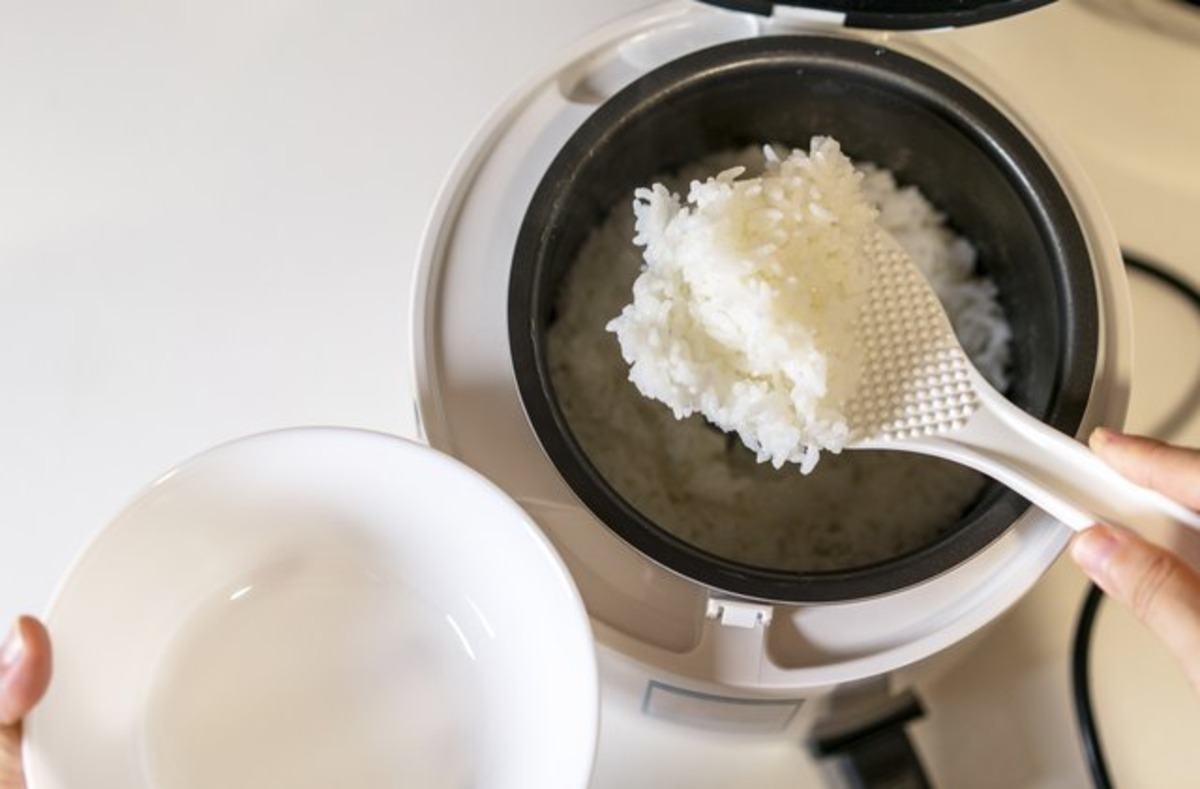

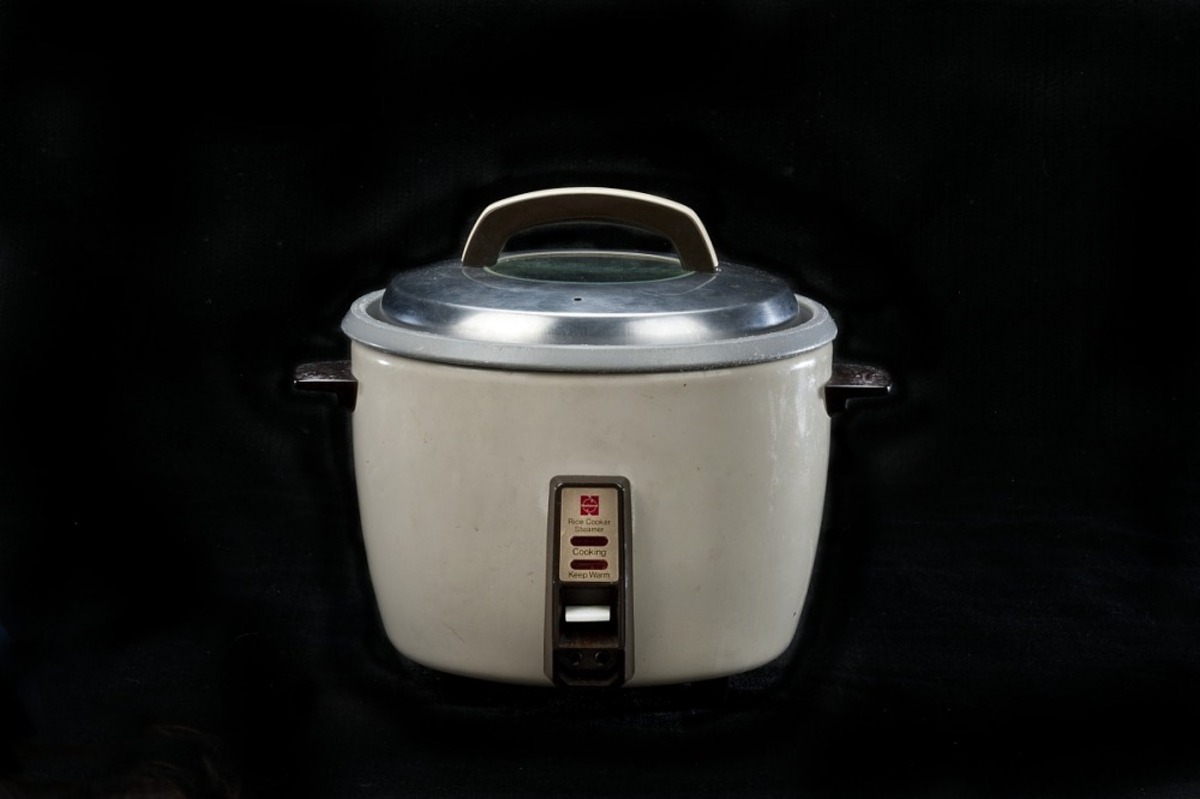
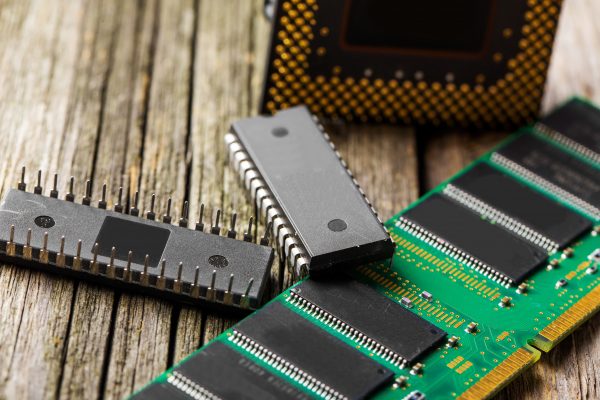
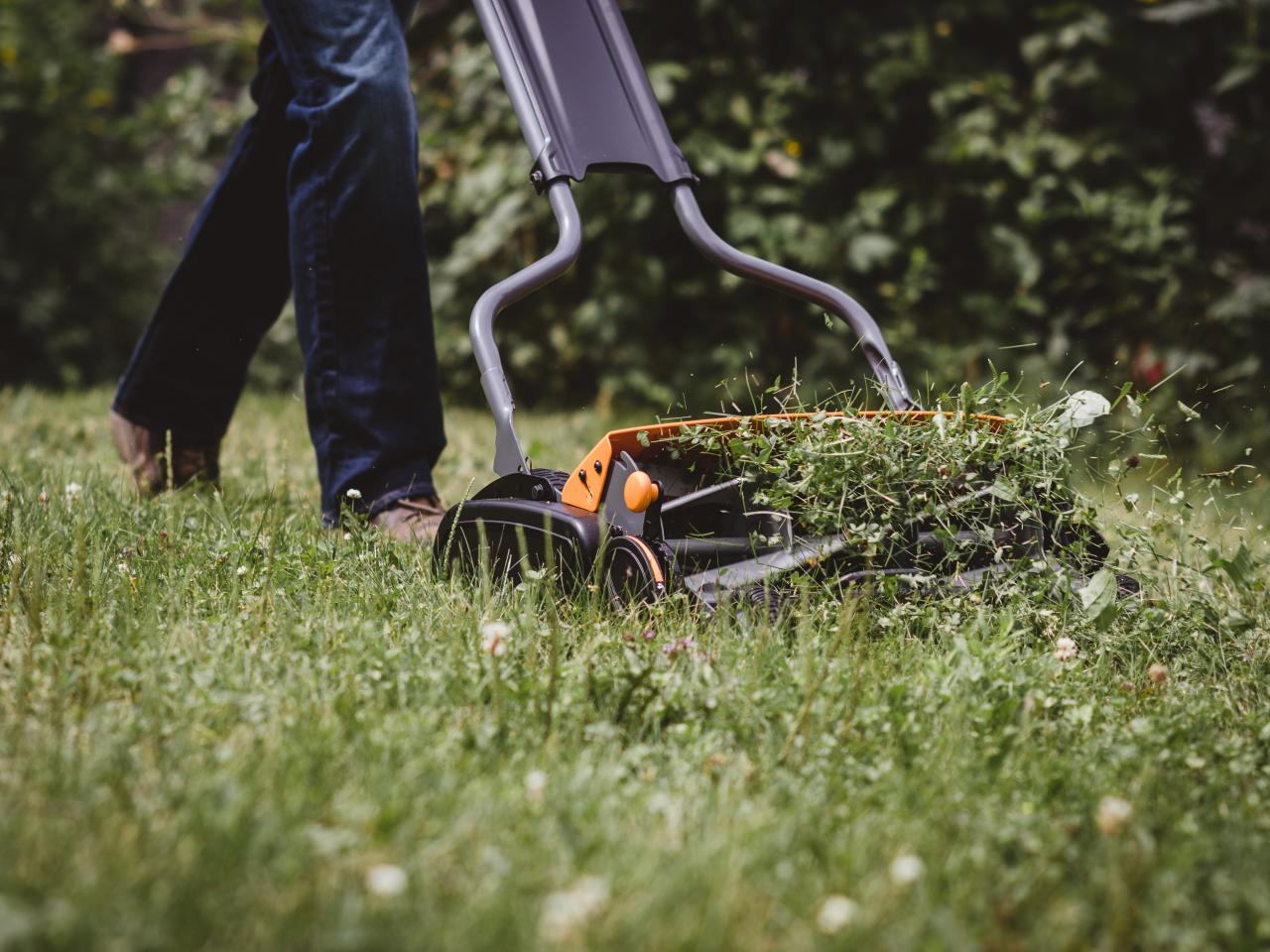

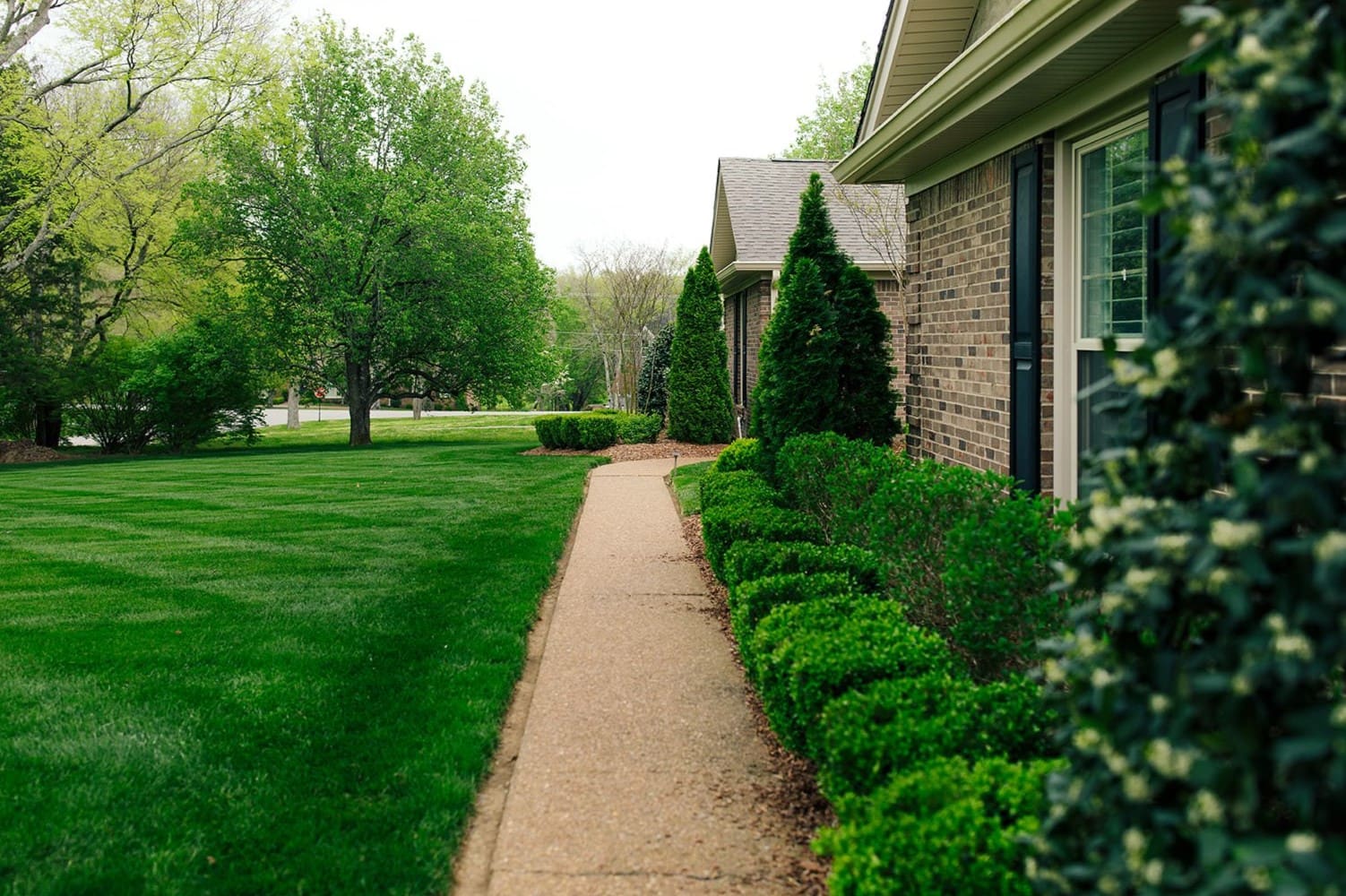
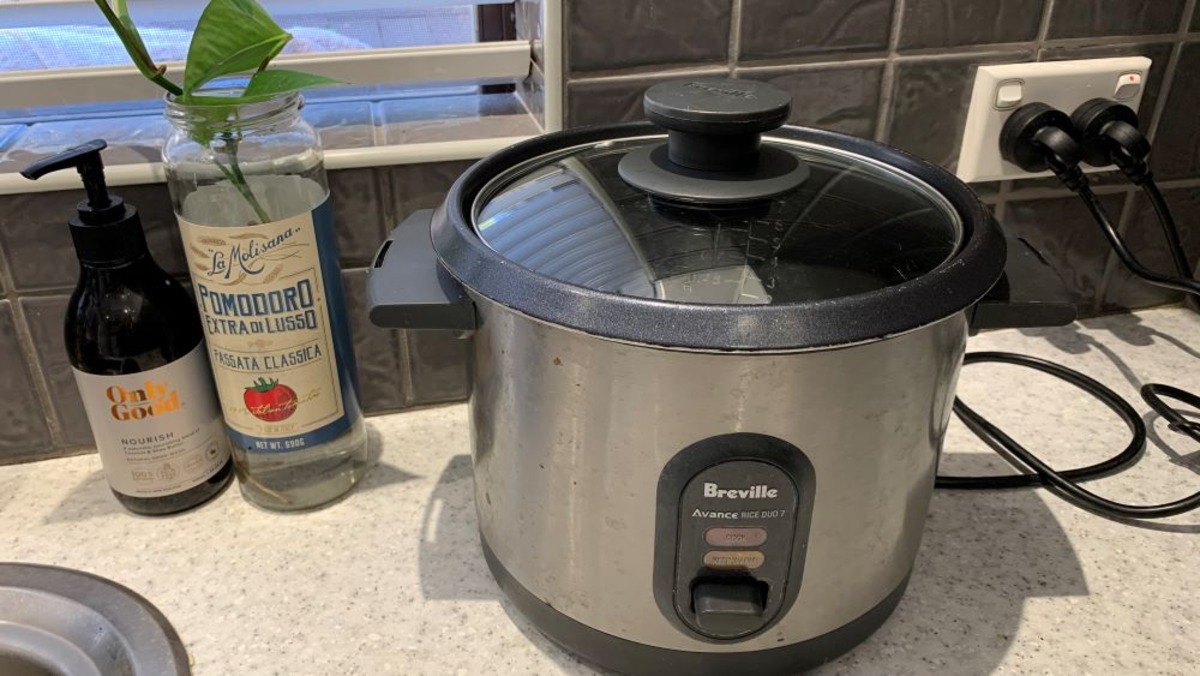

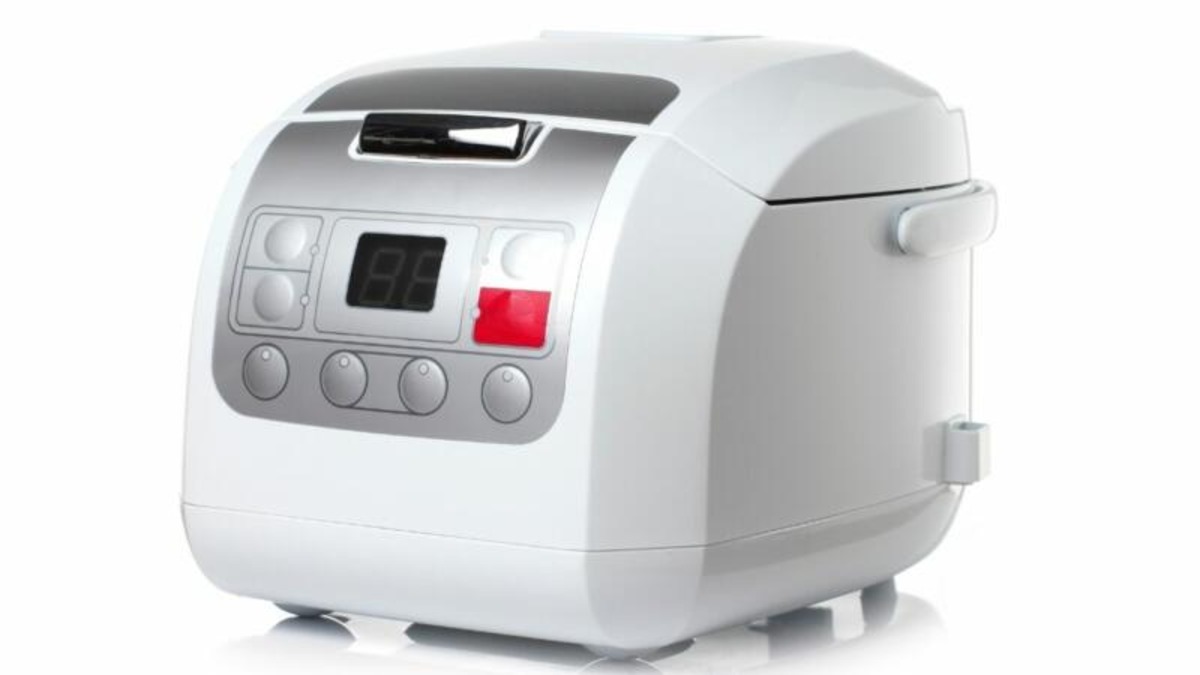
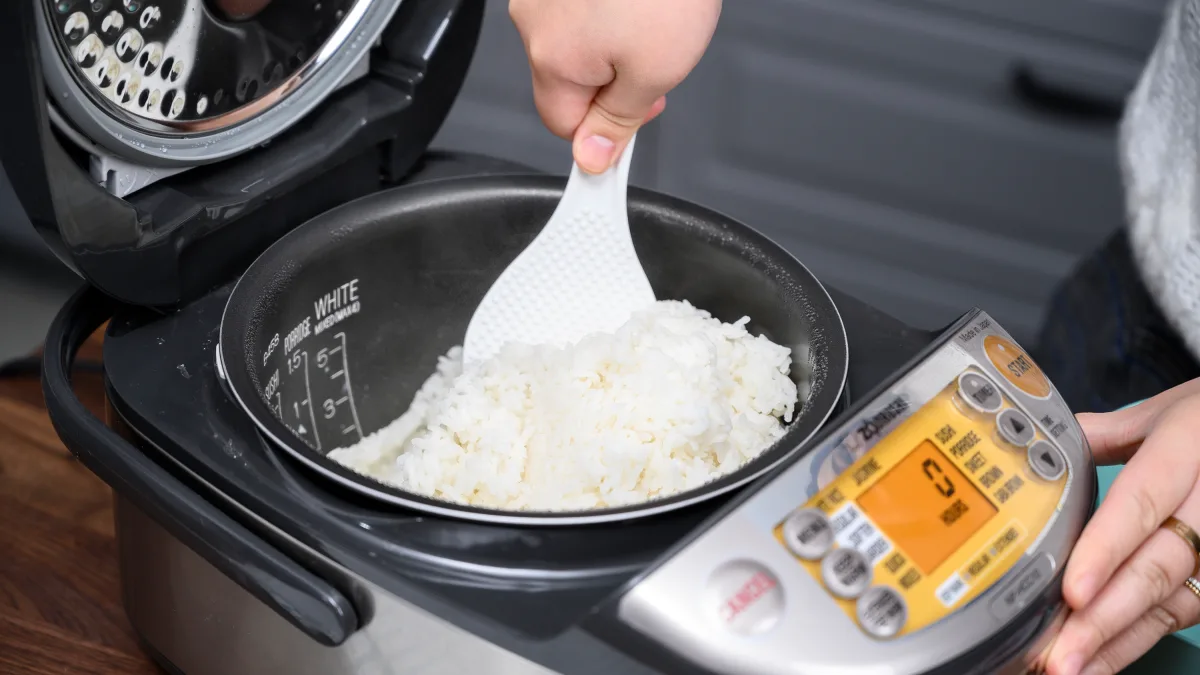
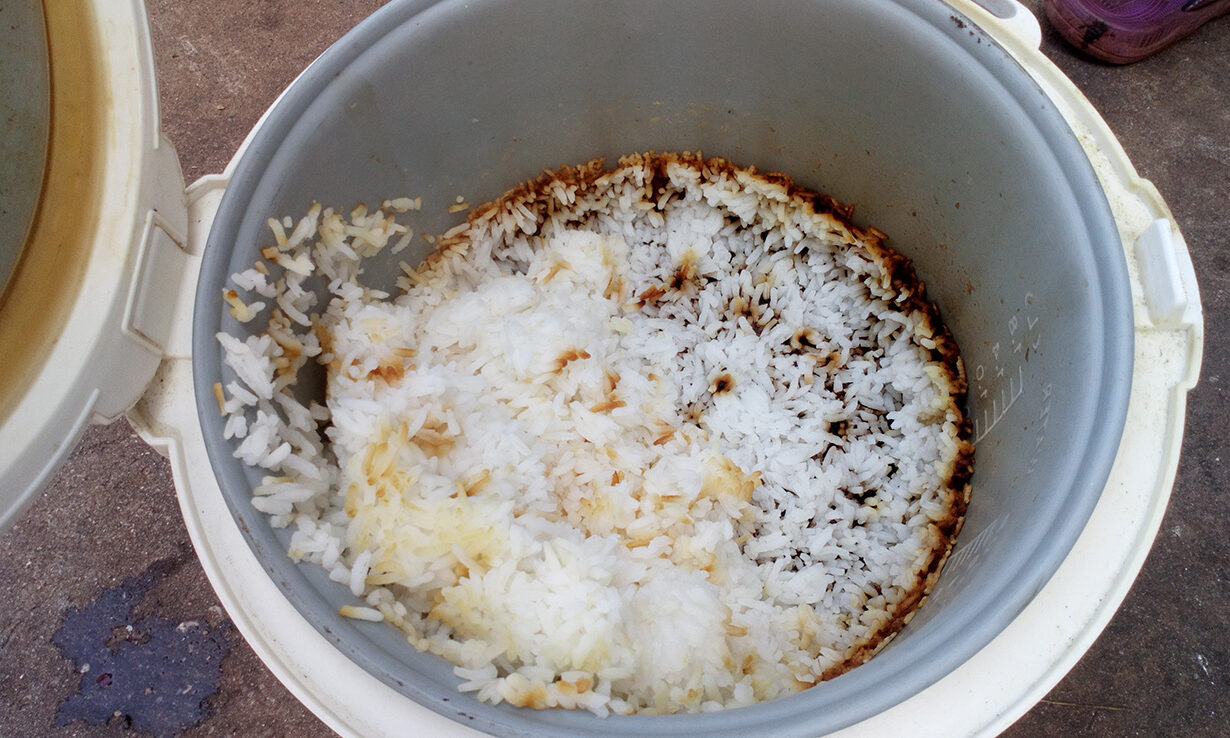
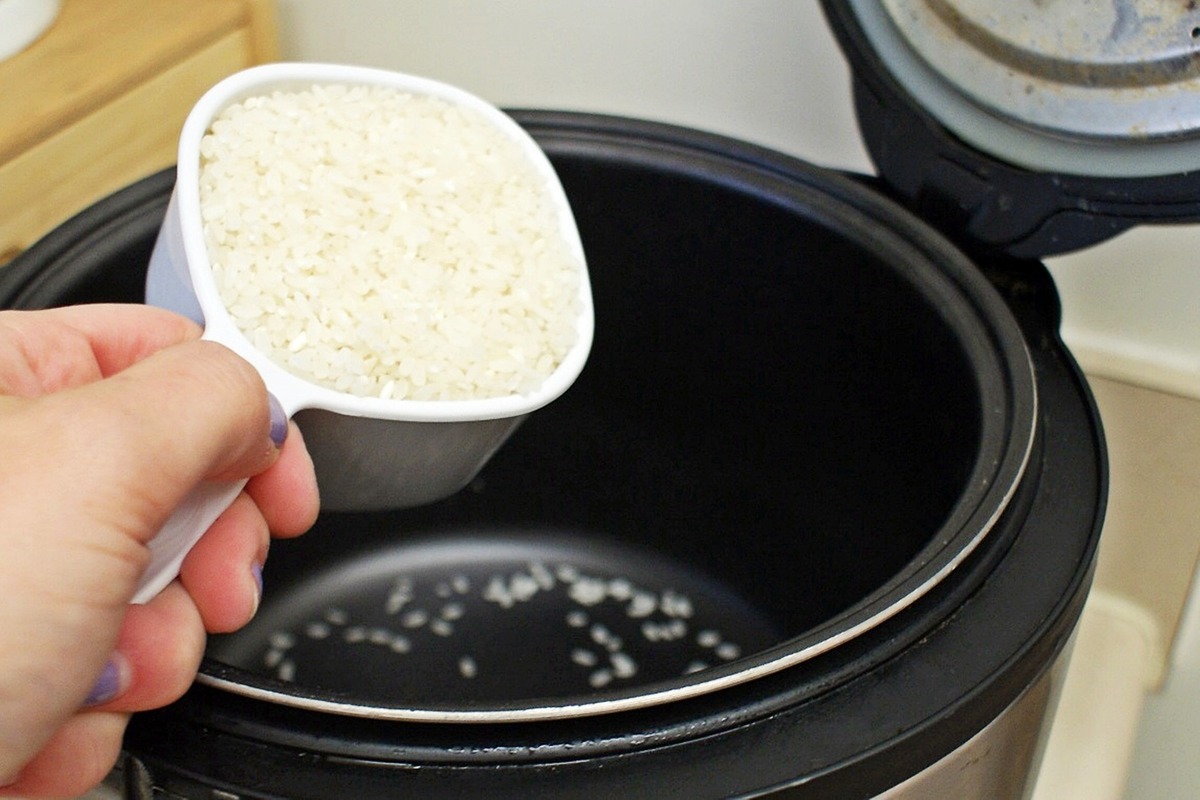
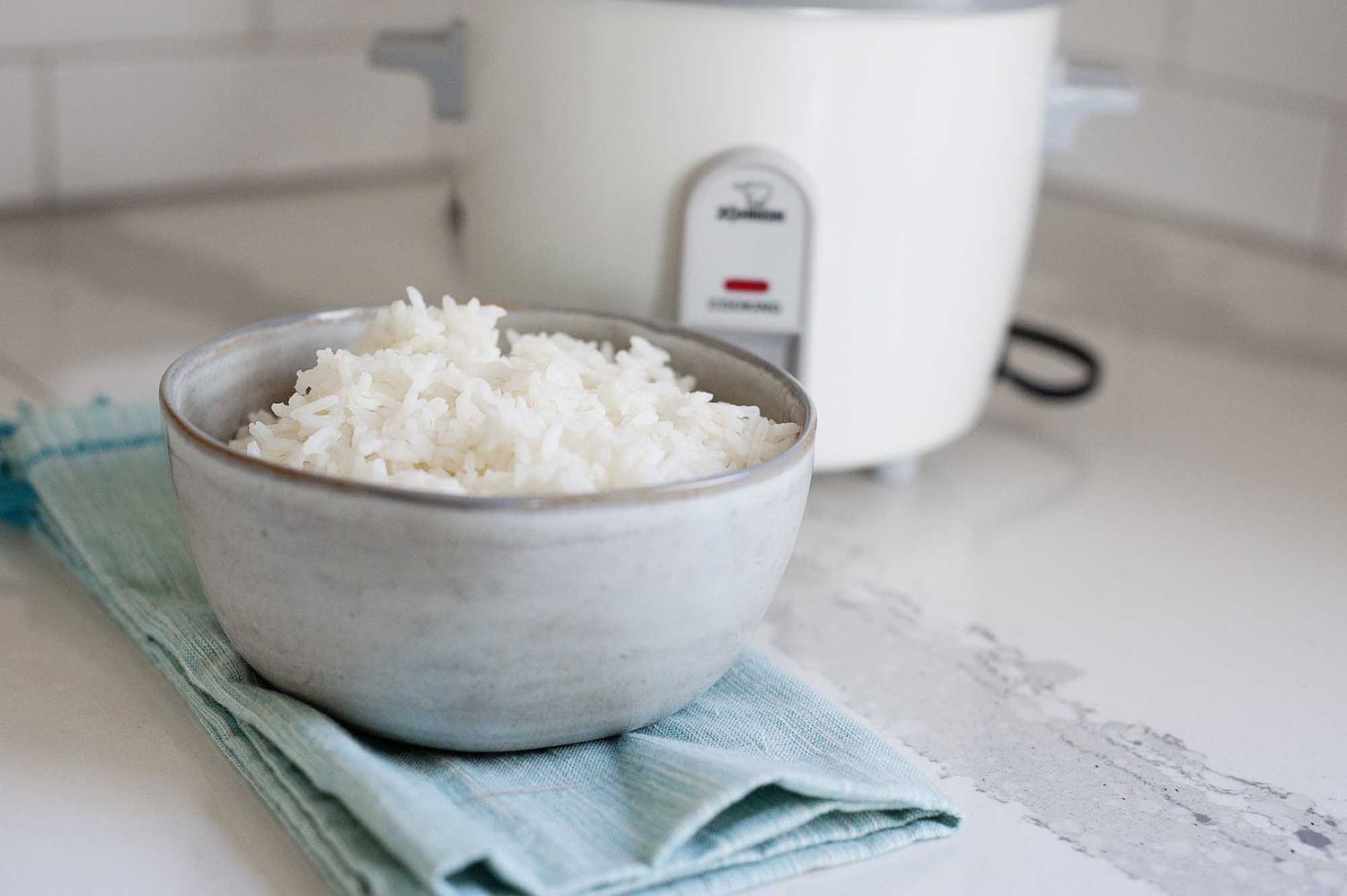

0 thoughts on “How Does Rice Cooker Know When To Stop”